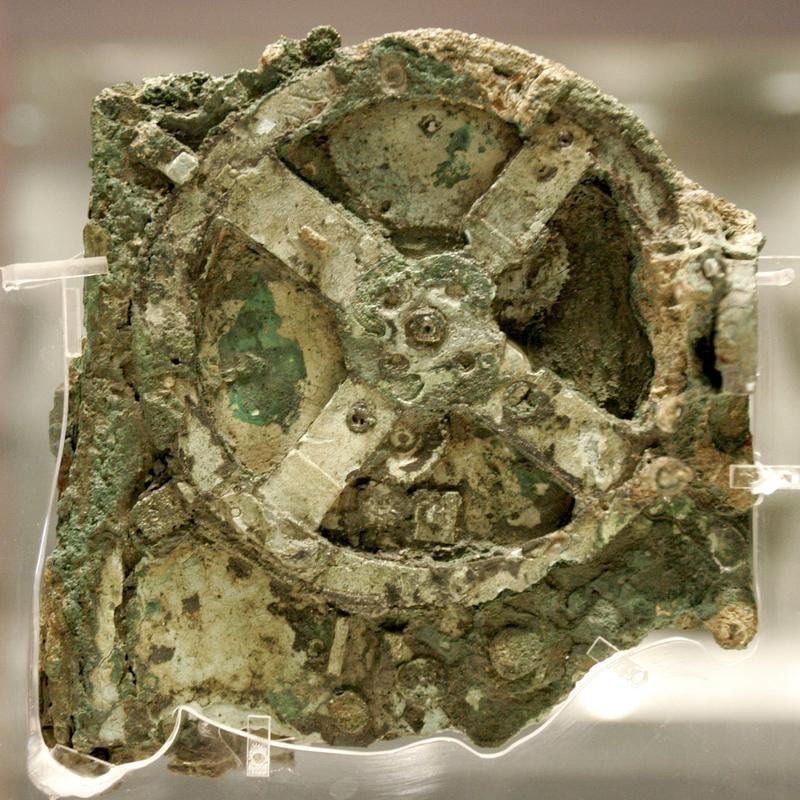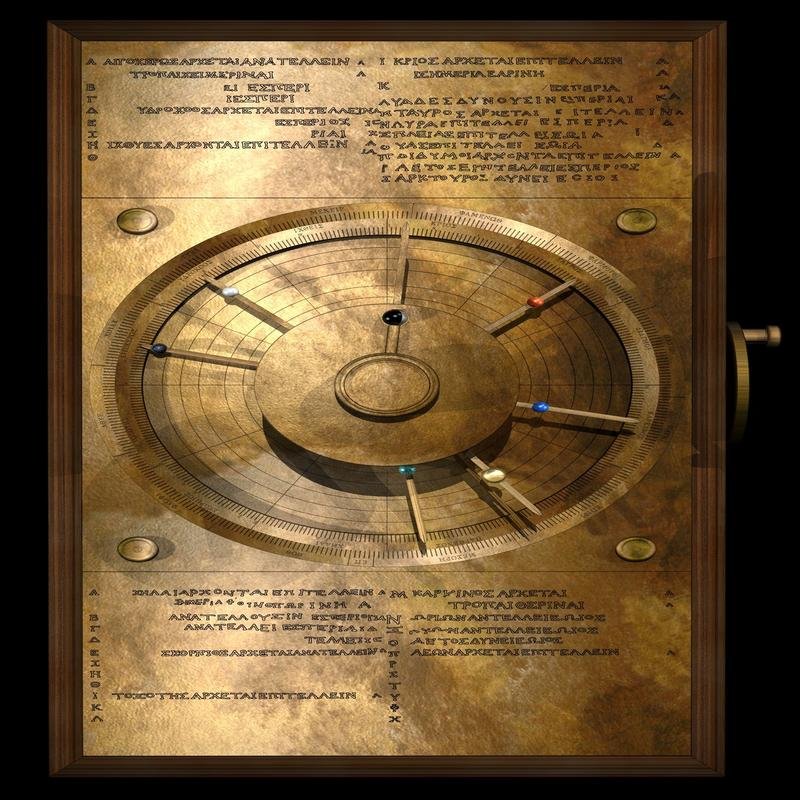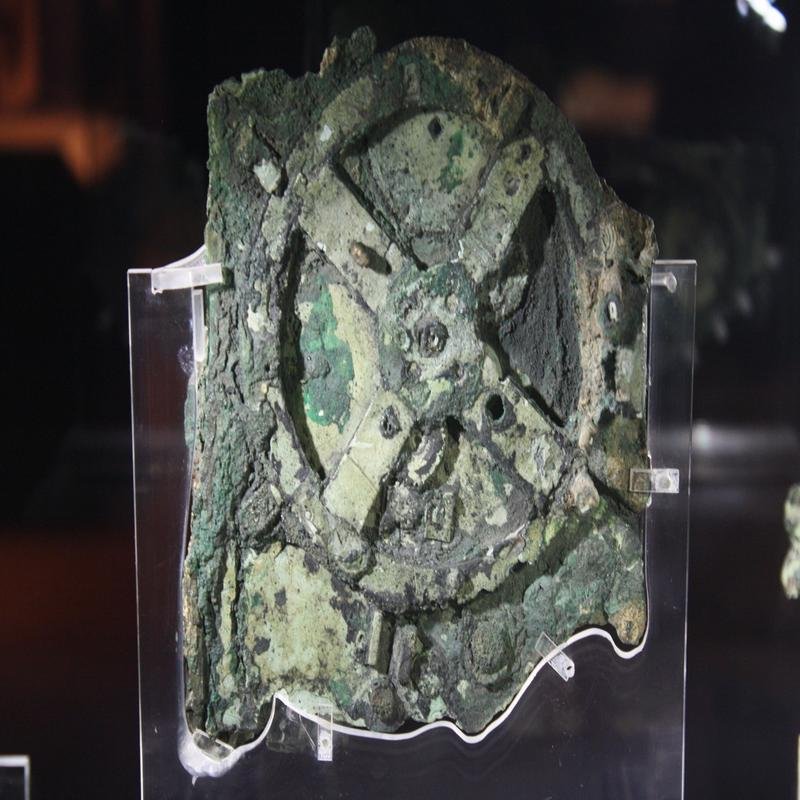Unveiling the Secrets of the Antikythera Mechanism: The Enigmatic Greek Computer.

Antikythera Mechanism: Ancient Greek Computer
The Antikythera mechanism, a device dating back over two millennia, presents a compelling enigma. Discovered in a 1901 shipwreck off Antikythera, Greece, this intricate bronze mechanism is widely considered history’s first analog computer.
History and Discovery
Its sophisticated gear system showcases an engineering prowess exceeding expectations for its era (circa 87 BC).
Function and Capabilities
Capable of calculating the positions of celestial bodies—the sun, moon, and planets—and predicting eclipses, the mechanism comprises at least thirty gears, demonstrating advanced astronomical and mechanical understanding. Evidence suggests calendrical applications, potentially including the calculation of Olympic Games dates.
Technological Marvel
X-ray analysis has revealed astonishing details of its complex internal workings and Greek inscriptions detailing its functions. Its precision and design remain a marvel of engineering, surpassing contemporary technological expectations.
Significance and Impact
The Antikythera mechanism stands as powerful evidence of the advanced technological capabilities of ancient Greek civilization, prompting ongoing research to fully elucidate its functionality and potential hidden complexities. Its existence challenges our understanding of Hellenistic-era technological achievement and raises intriguing questions about the scope of its capabilities and the knowledge it represents. The mechanism continues to inspire scientific inquiry and serves as a testament to the ingenuity of ancient civilizations.









